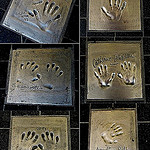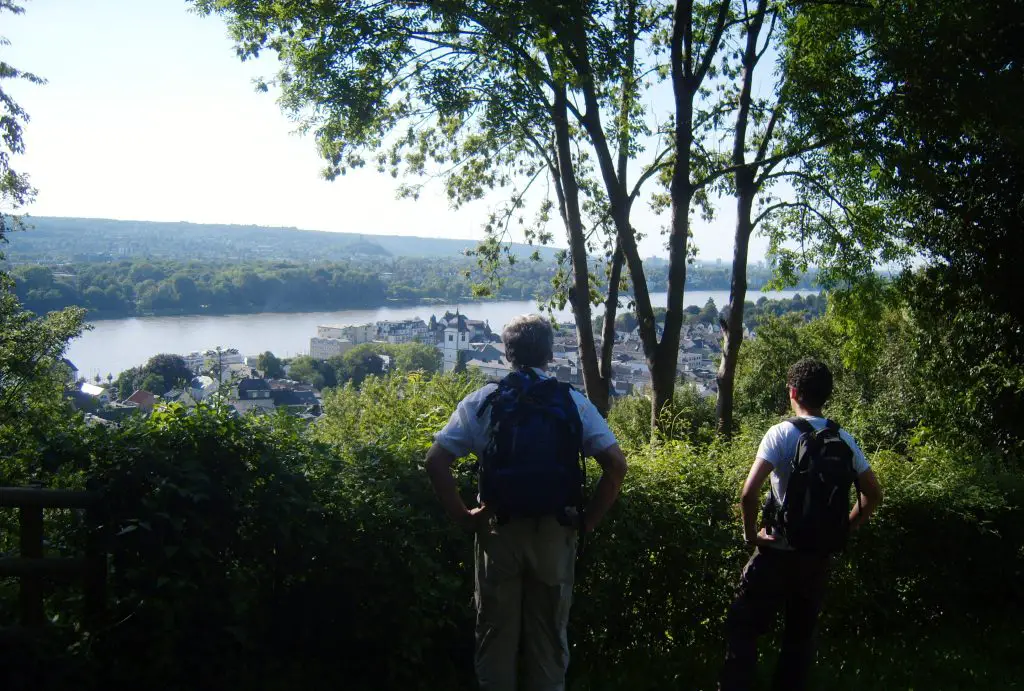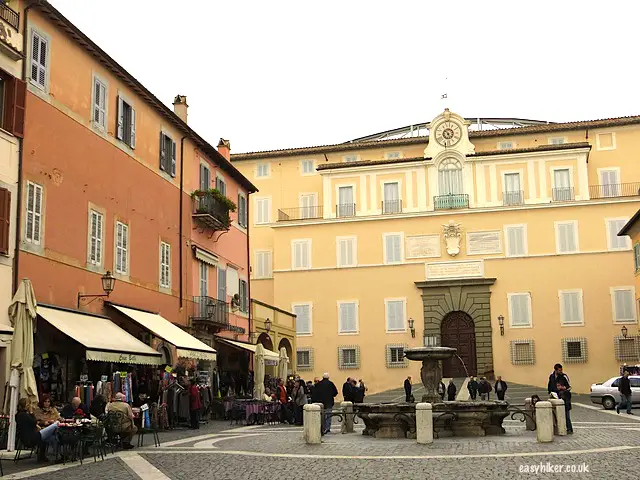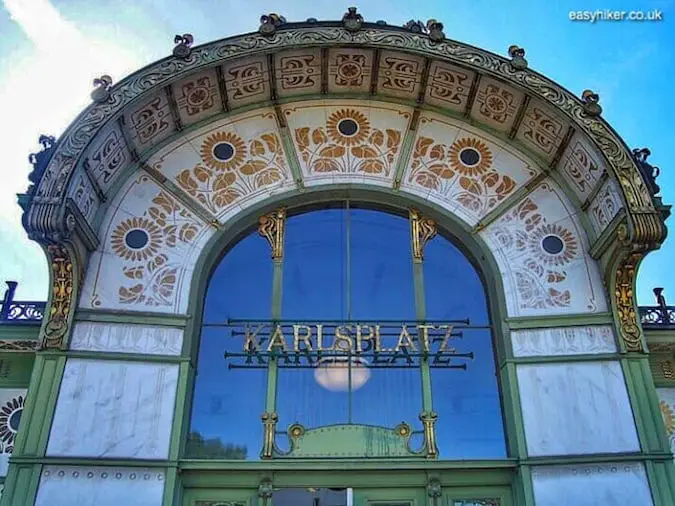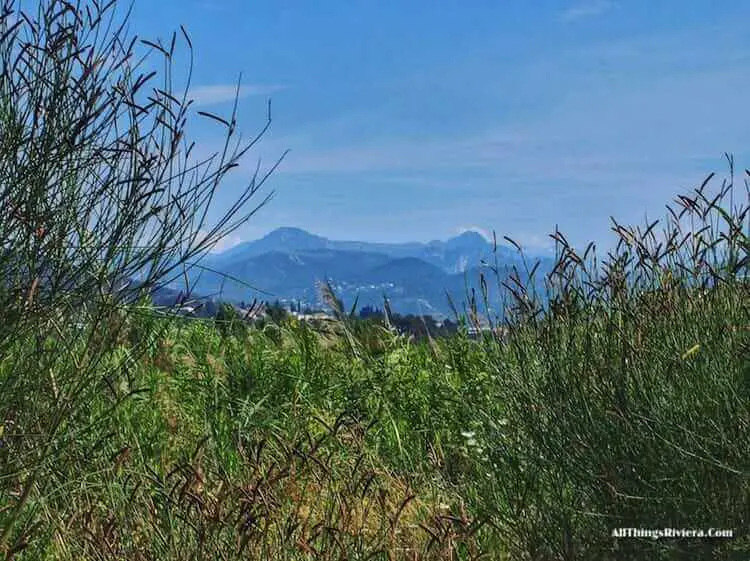Thomas Mann was the world’s last great pre-modern novelist (with works such as Death in Venice and The Magic Mountain).
He is also the perfect guide through the streets of his hometown of Lübeck, perhaps the most beautiful and historically important European city that you have never heard of.

What makes Lübeck such a rewarding travel destination? For one, it is full of fascinating buildings – buildings such as the Marienkirche, the church where the Backsteingotik or Brick Gothic was born, the translation of the Gothic style into the mundane language of brickwork.
This is something that must have struck many contemporaries as absurd as an attempt to convert the delicately structured poetry of a medieval court romance into the low German dialects spoken by the local peasants and fishermen.

And buildings such as the magnificent City Hall, constructed mainly during the 16th century when Lübeck was – in all but name – the capital of the Hanseatic League, Europe’s first supranational trade block.

The Hanseatic League lost power and influence as the newly emerging Atlantic sea trade benefitted harbours further to the West, but Lübeck still managed to preserve its prosperity for several centuries thereafter.
The change in the city’s fortunes that eventually occurred in the 19th century was not so much caused by any external event but by the rot that had set in from within: this was the period when the slow descent of the city’s ruling class into decadence reached the point of no return.
At least that’s how Thomas Mann saw it and how he described it in his first novel, The Buddenbrooks, the book that was to earn him the Nobel Prize (in 1929).
Birth in Lübeck: Follow the Mann
Thomas Mann is the perfect guide for a tour through Lübeck because he experienced this descent of the city and its ruling class first-hand as a member of Lübeck’s merchant aristocracy.
His father, also called Thomas, was a scion of one of the town’s premier patrician families, a third-generation grain merchant who also served as the Senator for Trade Affairs, practically the city’s second in command.
But Thomas Mann père was not driven by a lust for success or worldly goods but by a sense of duty and family tradition – something none of his children eventually came to inherit.
Essentially, this story of a family’s decline and fall, the story of the Manns and the Buddenbrooks, is also the story of how Lübeck, once the Jewel of the Baltic Sea, lost its shine.
We begin our tour of Lübeck’s historic town centre on the old docks of the Untere Trave, the main maritime traffic hub of the late Middle Ages.

500 years ago, ships from all over northern Europe would have docked here, charging or discharging precious ores from Sweden, cloth from Flanders or timber and grain from Russia.

Follow the Mann family, who alone owned six granaries on these quays, only one of which is still standing. This building, located on 34 Untere Trave, is currently an ugly building site (it is being converted into a museum), but others on the same street give you a good impression of what it once looked like.
It was in buildings like these where Thomas Buddenbrook and his siblings spent much of their childhood, “playing games in between bags of oats and wheat, chatting with workers and clerks, even helping to hoist up the sacks”.

From the harbour, several parallel streets are leading uphill to the town centre. The most picturesque of these is the Engelsgrube, the “English Ditch”, originally located directly opposite the part of the harbour where the trade with England was handled.

One of Lübeck’s most attractive features is the web of small alleyways that used to connect the parallel main streets with one another. Nearly all of these intersections have been closed (built up) long ago, but most of the alleyways remain open for visitors.
These narrow lanes – which closely resemble London’s mews streets – once accommodated the “middle management” of the harbour, skilled labourers and book-keepers of the trading companies who had to live close to their places of work.

While the Engelsgrube is rather well-preserved, the neighbouring Beckergrube suffered extensive damage during the aerial bombardments of WWII.
Overall, 40 percent of old Lübeck’s housing stock was destroyed in the war, but nearly all modern buildings in the old town have been tastefully designed to blend in with the existing building fabric.

Beckersgrube is also the street where Thomas Mann grew up. The family residence stood at no. 52 but was one of the many buildings in the street that were destroyed in the war.
A few metres up the street from the old family home, however, the Municipal Theatre still stands. It played an important part both in the Manns’ cultural life and in the Buddenbrooks novel.

This is where Christian, Thomas Buddenbrook’s younger and far less dutiful brother, develops an early taste for bourgeois decadence, when he – at the tender age of 14 – becomes infatuated with an actress. Christian buys flowers for “Fräulein Meyer de la Grange, a wonderful actress” and delivers them personally to her dressing room: in the intermission between two acts!
Also cast a glance into neighbouring Fischergrube, where – at no. 23 – a shop sold artificial flowers (made of silk) when Thomas Mann grew up in the area.
Today, the only flowers on show near the house (which was converted into an office building) are part of the street decorations.

In the Buddenbrooks novel, there is a proper flower shop at this address where Thomas – in a rare fling of emotional intemperance – falls for a beautiful shop girl and “kisses her on the lips and on the eyes”.
Continue uphill past the Marienkirche and City Hall to the corner of Hundestrasse and Königstrasse. The building right next to St Catherine church is the Katharineum, Thomas Mann’s former high school which is – in the Buddenbrooks novel – also the alma mater of the delicate and doomed Hanno (Thomas Buddenbrook’s only son).

Hanno clearly speaks for the author when, asked whether he enjoys going to school, calmly answers with a very clear “no”.
The auxiliaries that were employed to teach the younger children (such as Hanno), Thomas Mann helpfully explains, with their “social inferiority, impoverished inner lives and poor grooming habits“ instilled in him “secret feelings of contempt“.
The school was attended by all male members of the Mann family, including Thomas and his brother Heinrich who was himself to become a successful writer, penning more socially relevant but also more vulgar novels than his brother.
Heinrich Mann (who is hardly read these days) may have been a minor novelist only, but he succeeded in something that his brother never managed to achieve: he created a character that entered popular culture and that is known among people who are not highly familiar with the cast of the Buddenbrooks or the Magic Mountain.
This is the showgirl Lola-Lola in the novel Professor Unrat, who was immortalized by Marlene Dietrich in the movie version of the book, called “The Blue Angel” – the movie where Marlene Dietrich first sings her signature song “Falling in Love Again”. (The “professor” himself – another member of Lübeck’s bourgeoisie who descends into decadence, having fallen in love with a showgirl – was a teacher at the Katharineum.)
Finally, to the one house in Lübeck which is most associated with the Mann family – so much so that it is nowadays officially known as the Buddenbrookshaus: the old seat of the family enterprise on Mengstrasse no. 4.

This is the house where Thomas Mann’s grandfather lived and successfully managed the family company – and the place where Thomas Buddenbrook and his siblings grew up.
Occasionally, the building doubled up as a warehouse, too, as was the customs in the early 19th century. Only the white facade, however, has remained: a WWII bombing raid destroyed practically everything else, so the interiors of the building – now a Thomas Mann Museum – are only a careful reconstruction of what the house must once have looked like.
Have a good look around the rest of Mengstrasse, too: the entire street is full of fascinating old buildings, as is the entire old town. But there is more: Lübeck offers quite a lot of beautiful green spaces, too.
More about that next week.



